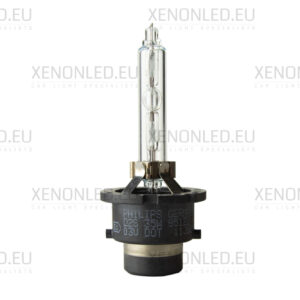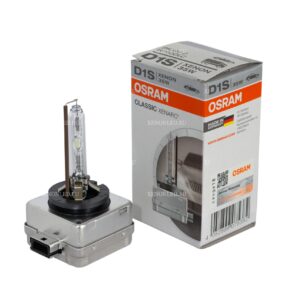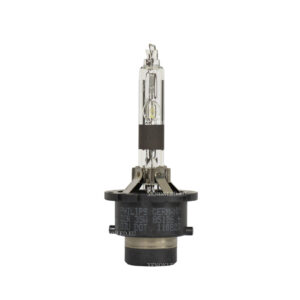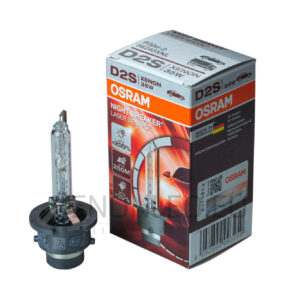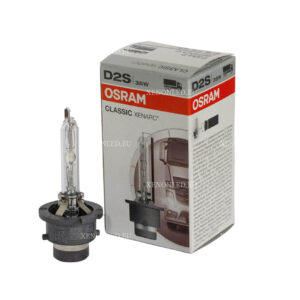Many things that are today considered normal have been the result of long technological progress. When it comes to the light bulbs, every added bolt and altered shape have been known to change the structure of technical components. In the same manner, the headlights have undergone many innovations and technological alterations. One of the major advancements of the widely used lightning forms has led to them becoming xenon. XENON light bulbs require much less power for long operating times than standard lightning bulbs. They also come in many different sizes and forms.
Xenon headlights are also referred to as high-intensity discharge headlamps (HIDs). The xenon technology is not only efficient but also ergonomic. It has color temperature as well as efficacious light generation. The first company to use this xenon technology was BMW. Soon afterwards, this innovative solution became extremely popular in other spheres of life due to high performance measures. In essence, it is an enclosed cylinder box with gases inside of it. There are electrodes placed at every corner of the xenon cylinder and therefore a current is passing through the bulb. Xenon technology encompasses quartz housing as well as tungsten electrodes. There is also a blend of gases inside of the bulb that are stimulated by high-voltage electric current that is passed between the electrodes.
HIDs are made of the metal-halide mix. They require xenon gas only during the start-up. Here is the main disadvantage of the xenon technology: it needs some time to start and create light; the process is not always instant. The xenon gas located inside of the tube needs to reach its operating temperature during this start-up time. Regardless, xenon light bulbs have a very long lifetime. According to official research, an average xenon light bulb produces 90 mcd/m2 and 3000 lumens. For comparison, a halogen bulb generates three times fewer mcd/m2 and twice less lumens.
OEM Philips, Osram XENON light bulbs
When your headlights are not working properly, there may be three reasons for worry. First of all, you should check the lens. If everything is fine there, then you should check out the headlight reflectors. They may be dull and worn out. However, if the problem still persists, check out the core of your headlights – the light bulb. After years of use, they may become dull or milky. This wear and tear is normal and can easily be fixed by fitting a new bulb. First of all, you will need to carefully dismount the old one and remove any leakage or broken glass. Then you can start to carefully fit a new bulb.
But which one should you choose? In the modern and vast assortment of headlight bulbs, you can be assured that OEM Philips and Osram XENON light bulbs will meet all of your requirements concerning brightness and quality. OEM (Original Equipment Manufacturer) Philips light bulbs can boast of excellence and quality that is not present in other manufacturers. They are easy to mount, have a long serving life and allow the brightness of light that is requested by the driver individually.
Osram XENON light bulbs are another popular alternative among the modern drivers of fast and quality cars. They offer up to 70 % better illumination than regular lamps. Their new models are indeed top xenon automotive lights, as they are truly more enduring than their predecessors. They guarantee a light cone of as much as 20 meters longer than other xenon lamps. Their lamps are also at least 5% whiter than the xenon lamps of other producers. So, when it comes to xenon lightning, Osram is undoubtedly the market leader offering the most enduring xenon lightning for modern vehicles.
-
-
D1S 66140CLC Osram Classic Xenarc
D1S 66140CLC Osram Classic Xenarc
€45,00 -
-
D3S Osram Xenarc Original 66340HBI
D3S Osram Xenarc Original 66340HBI
€45,00 -
D2S 66240CLC Osram Classic Xenarc
D2S 66240CLC Osram Classic Xenarc
€25,00




